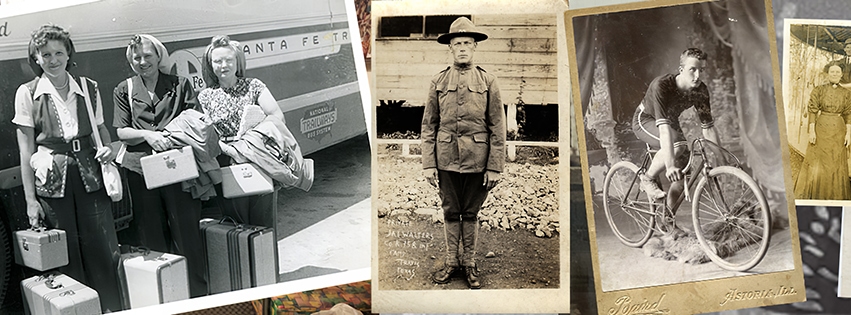Searching for ancestors has become quite popular in recent years with the rise of online subscription services like Ancestry.com and 23andme.com. However, those are paid services that require a sample of your DNA. If you prefer not to go that route, you have plenty of other avenues to explore and collect the information you need. Here are some tips on how you can discover your heritage on your own—and have a little fun in the process.
Record What You Know
The first step is to begin with yourself. Record your full name, nicknames, birth date and place, marriage date and place, and other essential information. Add your father, then your mother, and include their details. Next are their parents. If deceased, list the death date and place. You can download a blank pedigree chart for this task—many examples can be found online by searching that term. Document a single family using a family group sheet.
Next, organize your materials and decide how and where you will keep your new information. You may continue with paper records organized in folders or three-ring binders, or take the data you’ve gathered to build your tree using a genealogy software program or an online tree website. You do not have to be fancy, just consistent. Make sure to keep your hard-copy documents in a safe place, and if you use a computer, don’t forget to back up your files and store the backup in a separate location.
Develop a Narrative
Now you can bring your family history to life by writing their stories! Start by interviewing older relatives, friends or neighbors—do this sooner rather than later. They may have heirlooms, photos, bibles or diaries that personalize your ancestors’ lives. Consider family reunions as opportunities to interview relatives, take pictures and exchange copies of documents, photos and stories.
Of course, not all family trees are easily constructed. At times you need to carefully follow your pedigree to members who are half-siblings, adopted or unrelated by blood. The same care applies to multiple marriages. This process takes time and often leads to dead ends, but patience is your friend. Any “find” along the way will be a gift that you will treasure.
To supply a perfect outline is impossible, but here are some words of advice as you get started:
- Start with what you think you know and find sources to prove it. Other people’s trees can be wrong—find documents to prove facts before adding to your tree.
- Make any notes with ink (for photocopy purposes). If you correct any notes, draw a line through them, update your information, initial and date.
- Be consistent when recording dates—use the same date format. Record locations in this format: “town, county, state, country.”
- List surnames in ALL CAPS. If you do not know a maiden name, add a blank parenthesis ( ) or leave it blank.
- Don’t skip generations hoping to find a missing link later.
- Take photos of people, gravestones and documents. Carefully write on the back edge of photos with pencil so as to not cause harm with indentations.
Sourcing Information
“Legwork” is just as important as “finger work” on your computer. Three vital sources of information will become your friends: your local library, historical and genealogical societies, and the U.S. Census. Endless information can be obtained from these entities. Visit or contact the courthouse where your family lived for records of birth, marriage, death, probates, wills and land transactions. Cemeteries and some museums may also reveal information. Look for records on citizenship, immigration, employment, church involvement and military service, as well as old maps.
DNA testing may not be your first step, but it can be valuable. It has offered answers to persons seeking explanations of their lineage, ethnicity or physical/medical conditions, and the results can validate people on your tree.
The Peoria County Genealogical Society’s website is a treasure trove of information about Peoria County and genealogy links. PCGS meets on the second Thursday of each month from March through November at the Peoria Public Library North Branch. It’s an opportunity to meet members, ask questions, learn about various areas of expertise and individual experiences.
Above all, don’t forget that your genealogical adventure should be fun! Always do your best to reflect accurate information—that is why we document and verify all facts we record about an ancestor, (including those about mom, just in case she fibbed about her age!). The detective must prove this data to share with future generations the real story of their ancestors. My final parting advice: always be curious! PM
Barb Benner is a 35-year member of the Peoria County Genealogical Society and a regular contributor to its magazine, Prairie Roots. For more information, visit peoriacountygenealogy.org.




